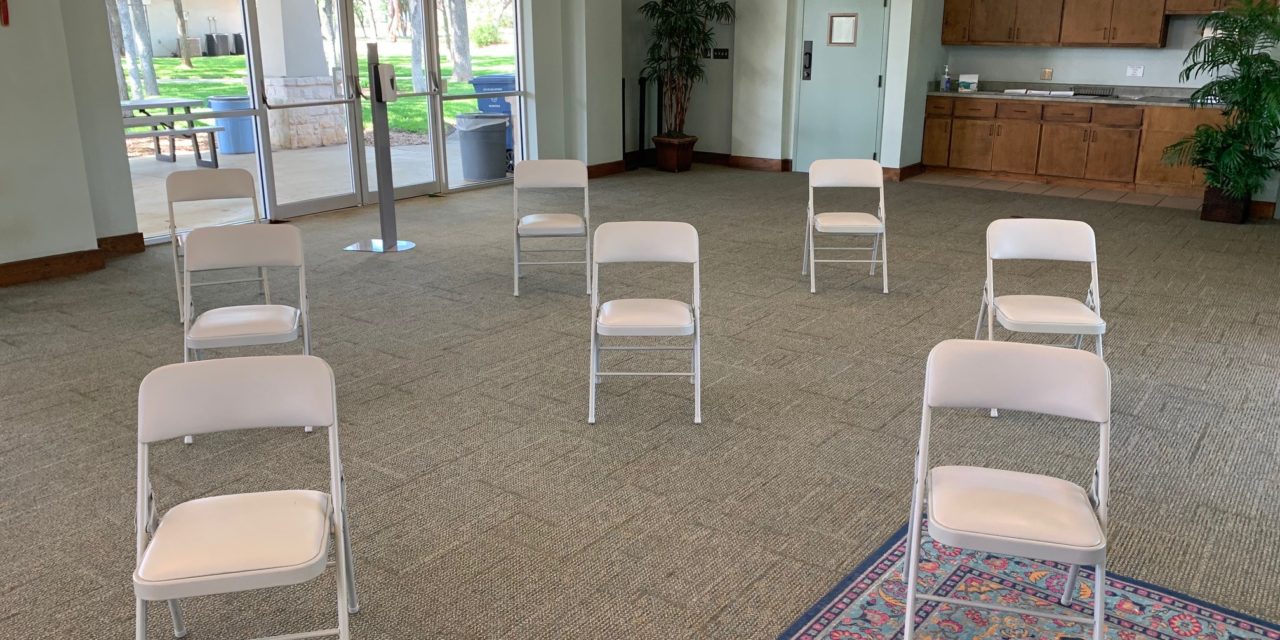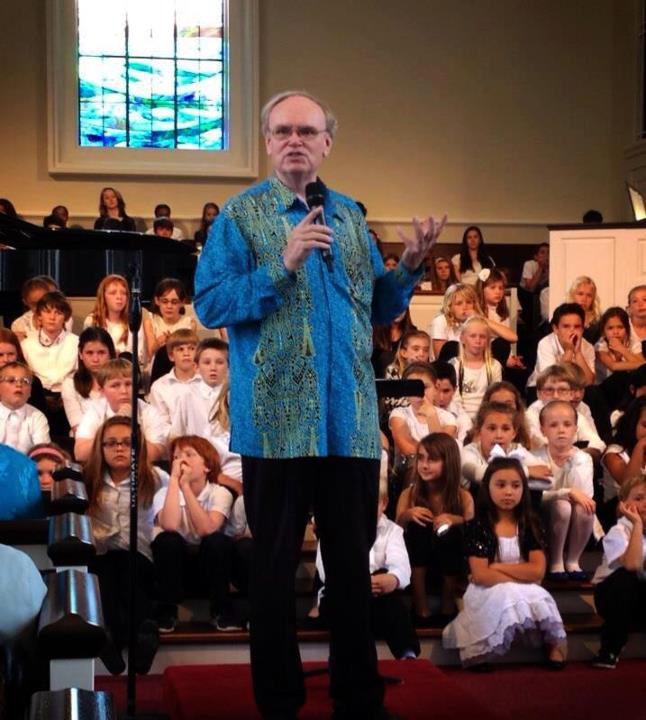Over my five decades directing student choirs, one thing remaining totally constant has been this: In the choral setting, the students tend to naturally sit shoulder to shoulder and as close together as possible. This speaks to the teenagers’ craving of security, safety within the group, close friendships, and musical stability. Traditionally, the young singers have naturally functioned better when they are physically close.
At isolated times over the decades, I have challenged the novice singers to give themselves some breathing room. For the sake of fostering musical independence, I have separated the chairs in the rehearsal space, or I have asked the students to leave a chair between them.
Another reason I have done this is because, particularly on tour, we would fit the groups into all sizes of lofts and chancel areas. From my viewpoint, nothing looks as lame in a worship service or choral performance as to have a choir loft with 120 chairs and a choir of thirty-five or forty all jammed up together because the kids are too insecure to spread out and physically fill the loft. Worse is when the director is too lazy to work out the logistics to create attractive optics for the choir when they sing.
Enter 2021 and restarting our choirs in the midst of the COVID pandemic, and all this has had to change. I don’t know about your students, but our SAYC singers have not only followed the new protocols, but they are good at enforcing the rules for themselves and their friends. Oh sure, when the group gathers, during break times, and at the end of rehearsal, the teenagers tend to get a little careless about the distance issue. A gentle reminder from an adult or peer normally takes care of it.
This forced distance in rehearsal has actually helped my choir sing better. After a couple of rehearsals of musical insecurity (largely due to the distance, but also because it was the beginning of a season after a year’s hiatus), the singers are now rising to the occasion and filling up their space with sound.
Think about it. An acoustical instrument such as a cello (or any stringed instrument), oboe, flute, trumpet (or any wind instrument, for that matter) needs a certain amount of space and resonation for the sound to fully develop. Acoustically dead sanctuaries and performance venues miss out on so much beauty because the sound environment sucks up the sound and kills it before it has the chance to fully bloom and flourish.
And if we think we can fix bad acoustics by jamming a mic up against a cello, an oboe, or a voice, we should think again. When we electronically steal the natural sound and short-circuit its full develop just for the sake of volume or gain, we are sacrificing a lot of natural beauty in order to just be heard.
I encourage all us directors to use the pandemic distance requirements to grow stronger choral musicians. We can do this, and I hope this new series will help. Stay tuned; we’ll all learn together!
Randy Edwards [email protected]










